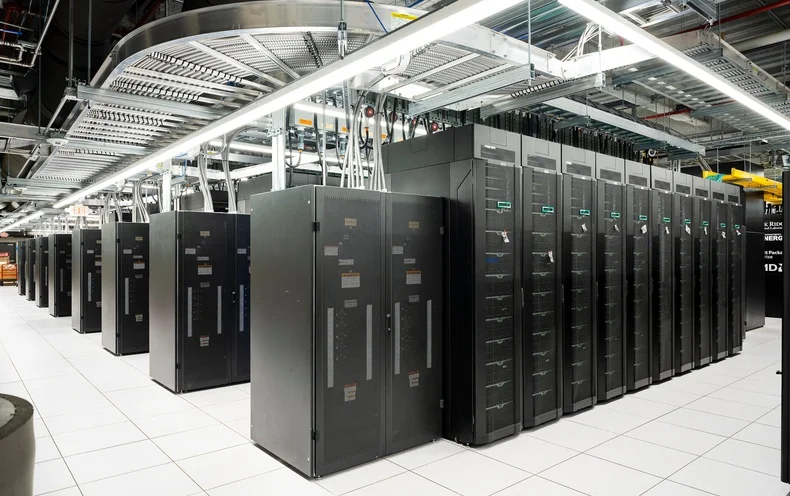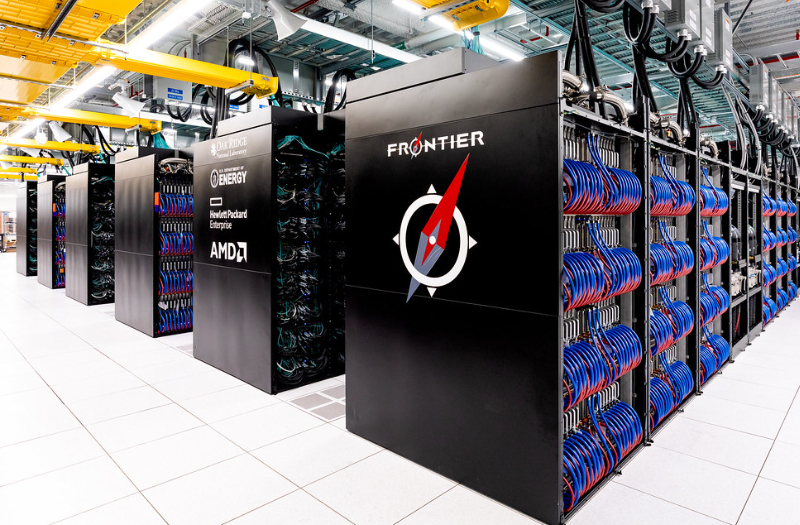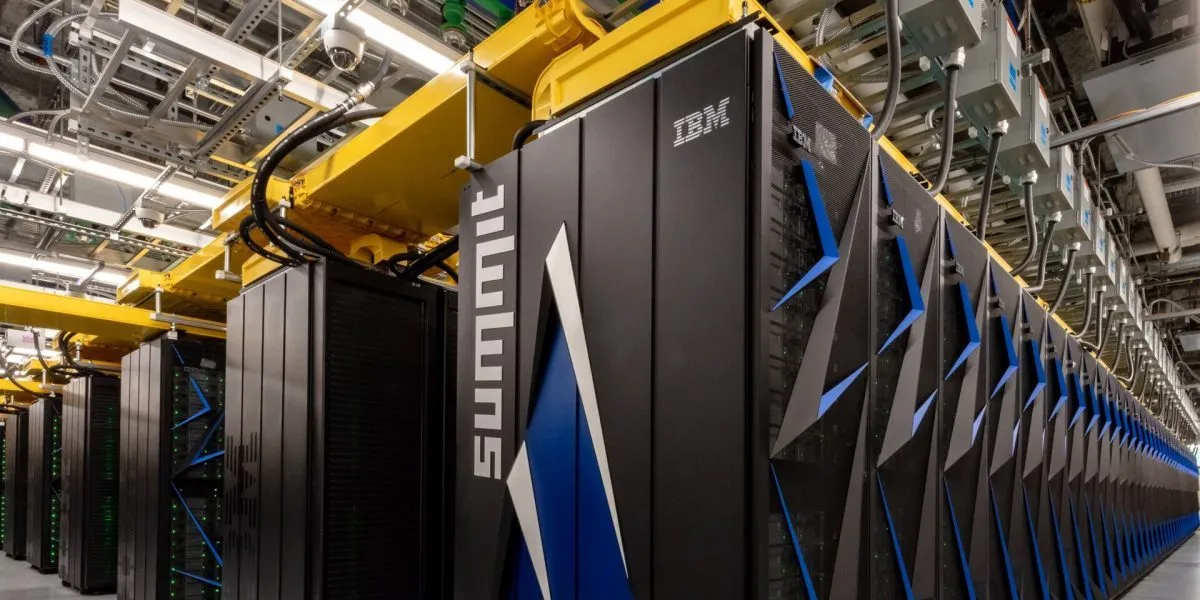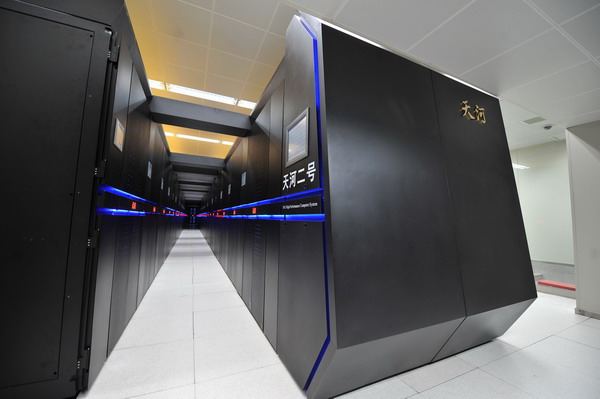According to academics, the first exascale supercomputer in the world may be able to prevent significant interruptions to the country’s electrical infrastructure.
Using the Frontier supercomputer last spring, a group of specialists from various institutions created new software to react to various grid problems. The group came together at the Lawrence Livermore National Laboratory in Livermore, California, for the ExaSGD project of the Exascale Computing Project.
The power grid’s response to failures caused by weather events, natural disasters, and attacks was optimized using the program named HiOp, which carried out the largest simulation of its kind. It was able to assist researchers in finding safe and economical power grid setpoints for 100,000 grid failures in a 20-minute process.

Multiple grid performance indicators, including voltage, frequency, and the amount of power that is actively being used, are referred to as a power grid setpoint.
According to Cosmin Petra, a researcher for LLNL, “this problem is very computationally demanding because the list of potential power grid failures is large.” This project’s aim was to demonstrate that exascale computers are capable of exhaustively resolving this issue in a way that is consistent with the methods now used by power grid operators.
The difficulties of maintaining a reliable grid are exacerbated by the need to adapt to new energy sources and the dangers of upcoming natural disasters as a result of climate change. Currently, responding to grid breakdowns requires a human operator.

Operators make an effort to identify the initial plans of action to resume operations within the first 30 minutes following a failure to prevent blackouts and widespread outages.
In the future, Petra said, “this computational problem may become even more relevant, in the context of extreme climate events.” “We could engineer the grid to be more resilient in the long run under such scenarios, for example, using the software stack that ran on Frontier to reduce disruptions caused by hurricanes or wildfires.”
It is a significant increase in computational capacity, he continued.

A huge computing device that can perform billions of calculations per second is known as an exascale supercomputer. The Department of Energy estimates that it is up to 20 times faster than other supercomputers.
Download The Radiant App To Start Watching!
Web: Watch Now
LGTV™: Download
ROKU™: Download
XBox™: Download
Samsung TV™: Download
Amazon Fire TV™: Download
Android TV™: Download

